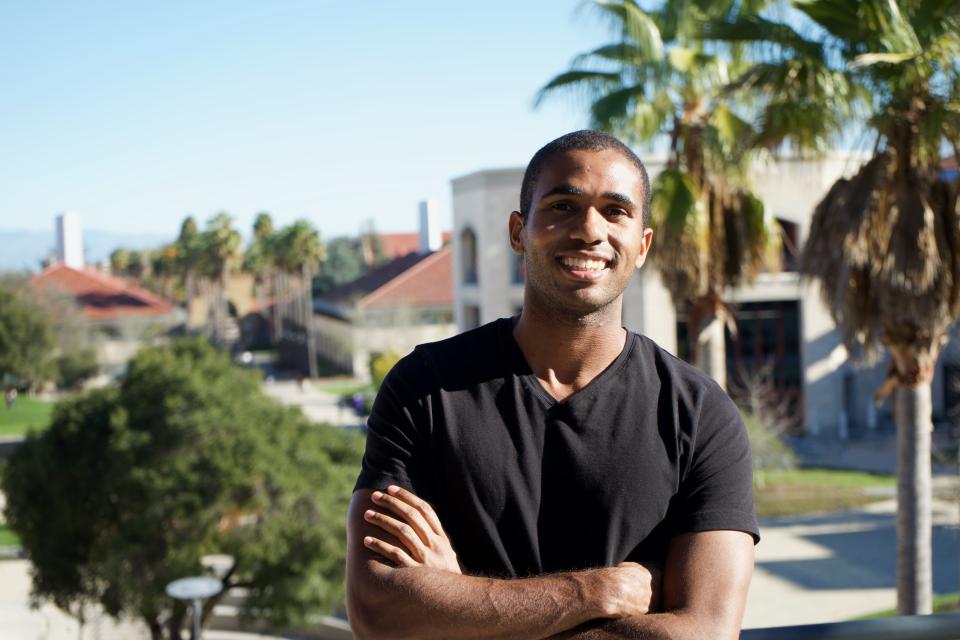Cody Coleman: Lowering Machine Learning’s Barriers To Help People Tackle Real Problems

Cody Coleman: "My research pivoted from education to thinking more generally about lowering the barriers to machine learning."
In this Students of AI series, we ask Stanford students what drew them to this field, their hopes and fears for the technology’s future, and what inspires them.
Meet Cody Coleman, Ph.D. Computer Science 2021:
I come from pretty humble beginnings. My mom was in prison when I was born, and my dad left before I was born. I was adopted by my maternal grandparents, who had worked hard, but by the time I came around, they were driven into poverty, in part because they kept bailing my mother out of jail. We grew up on the Social Security they were getting. We’d steal napkins from Burger King and McDonalds to use as toilet paper, pour water into ketchup bottles to make sure we got every bit, all that. My well-being was on no one’s radar, and I felt there was no way someone like me could be successful. My older brother Shawn was my first role model and the first person to believe in me. He said education was the way to get out, and that I had a chance of going to a good school. The only thing I had going for me was that I liked learning, and my teachers started to notice. My trigonometry teacher took me to get my braces fixed, and helped me from that point on, getting all the other teachers on board and raising money so I could have supplies in college. Up until then, I’d loved computers because I grew up with video games that served as an escape to entirely different worlds. When I got into MIT, I realized those same computers could also change the real world. They were just so powerful, and such a multiplier; you can create a website that has the potential to affect the lives of billions of people around the world.
While I was studying for my master’s in engineering, everything was happening with digital learning; that’s when edX and Coursera had just launched. It was a huge opportunity to scale a transformational process like I’d gone through, so more people could do it. So originally, my research was machine learning applied to education.
When I came to Stanford, though, I pivoted, because I heard about the DAWN Project, with the goal of democratizing machine learning and artificial intelligence. Machine learning is super powerful, but as I saw what it was doing – or could do — in education, I also realized it was insanely expensive. So my research pivoted from education to thinking more generally about lowering the barriers to machine learning, so people can tackle any problem, whether it be education, or medicine, or anything else that matters to them. How can I make it so that the person I was in high school can actually use artificial intelligence? How do we reduce the computational cost by orders of magnitude? And what about the barrier of data? A lot of these modern machine learning workloads need millions and millions of images or text examples. How can we be more efficient and smarter about how we select which examples you learn from? Lowering these barriers can be really impactful, allowing you to enable many more people to actually use machine learning to tackle problems they care about in their own communities.
A story like mine shouldn’t be the exception. We’re losing so much potential by not allowing – or not helping – people to succeed. It’s just crazy to me. It’s amazing what people can do, and what they will do, with technology.
— Story as told to Beth Jensen.

